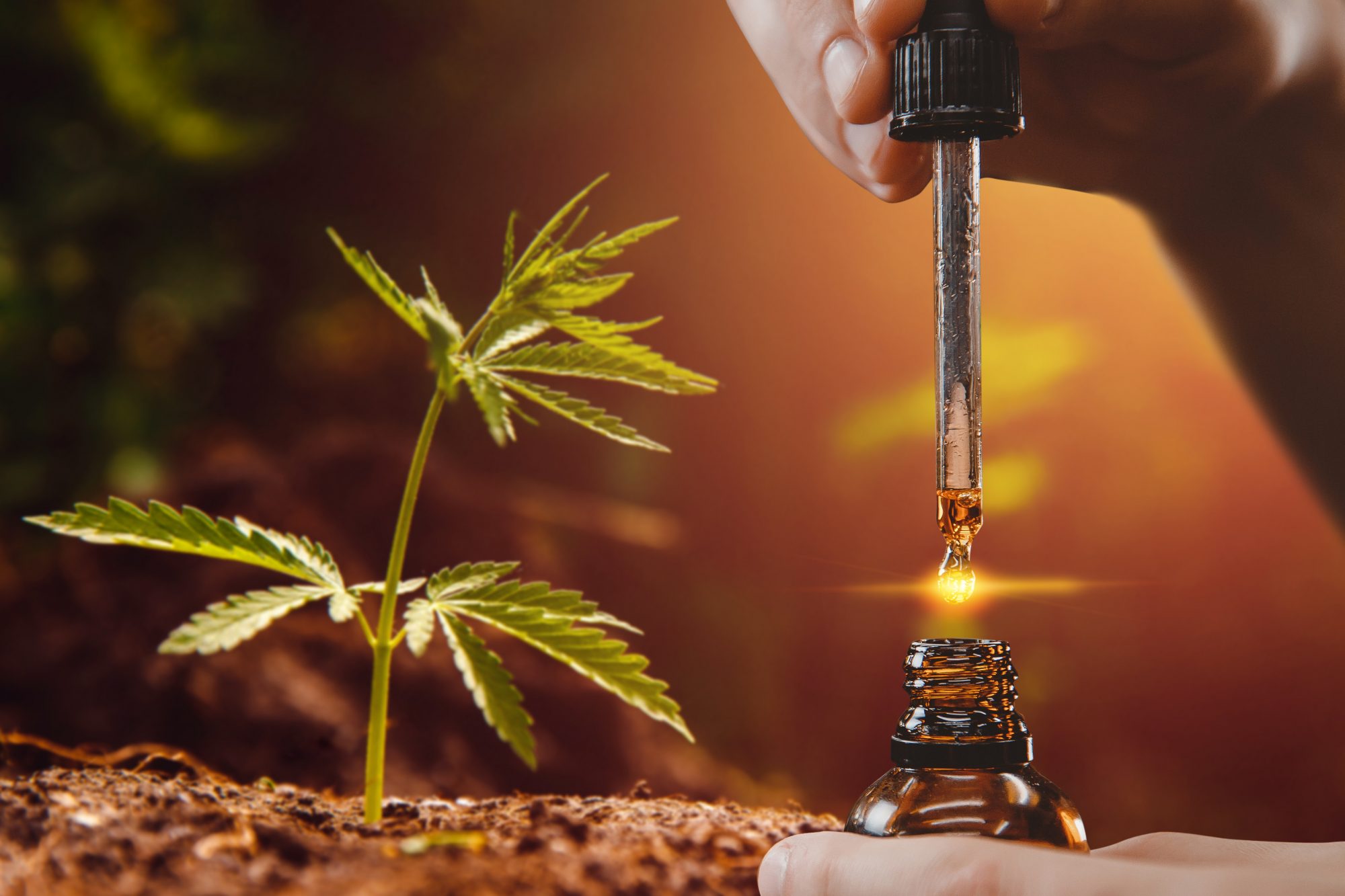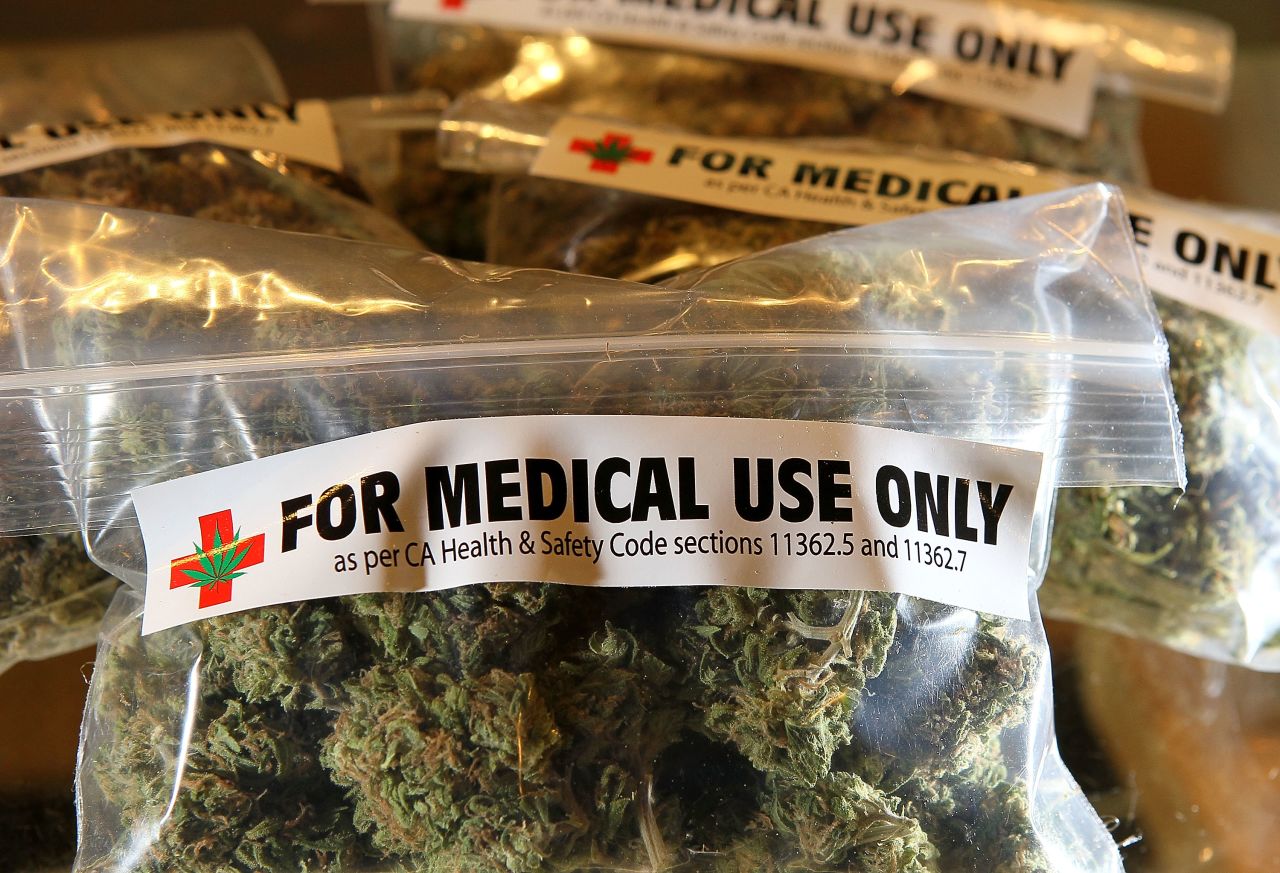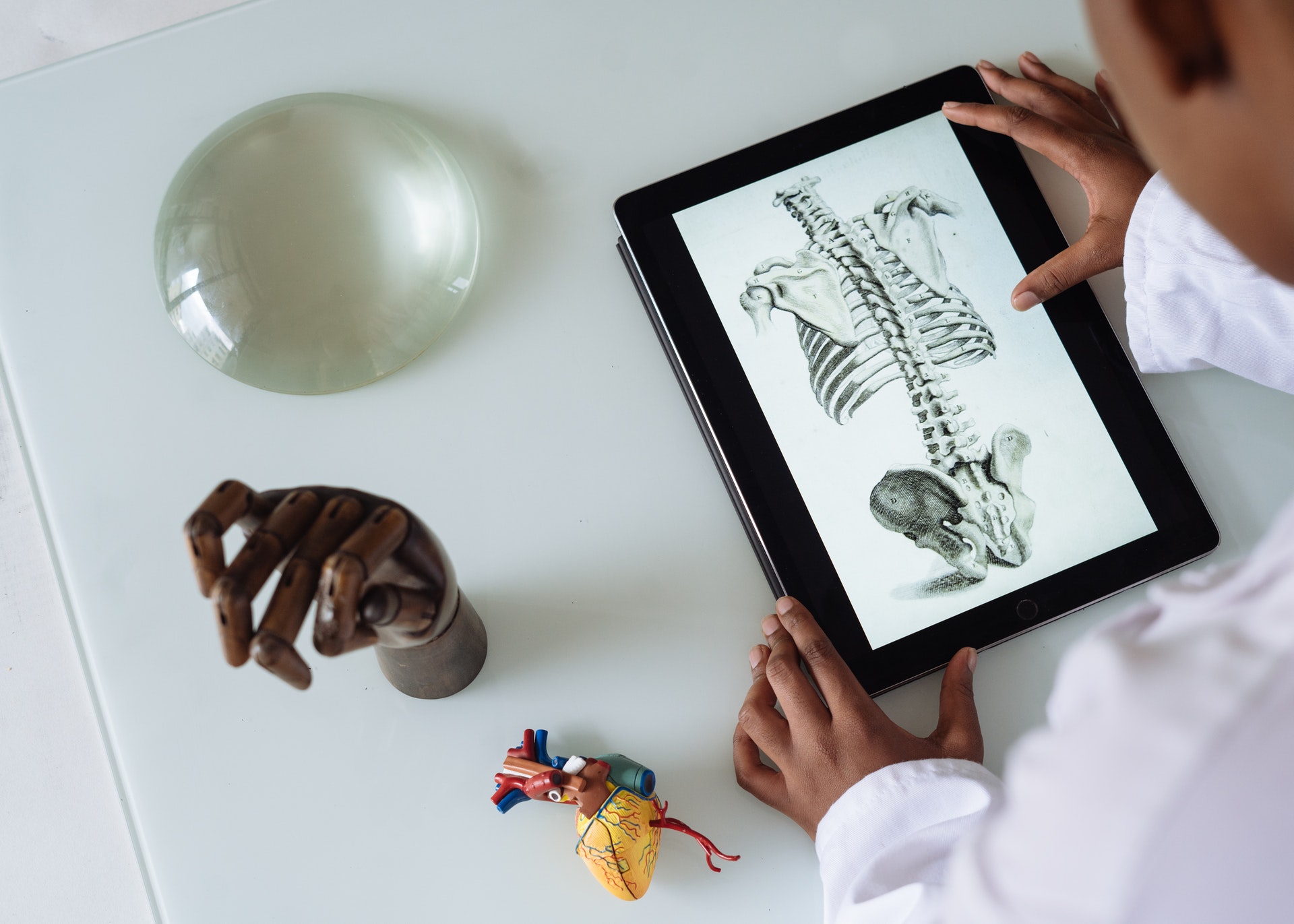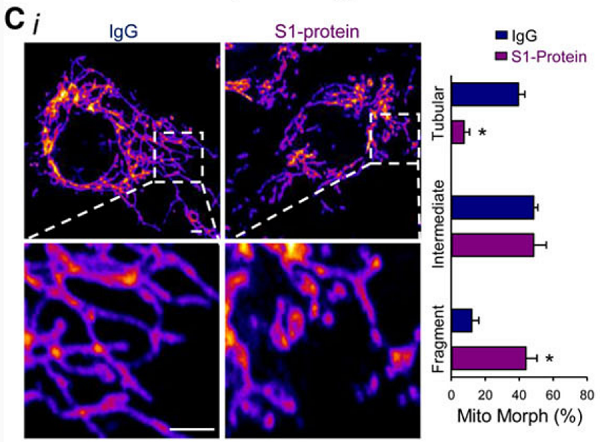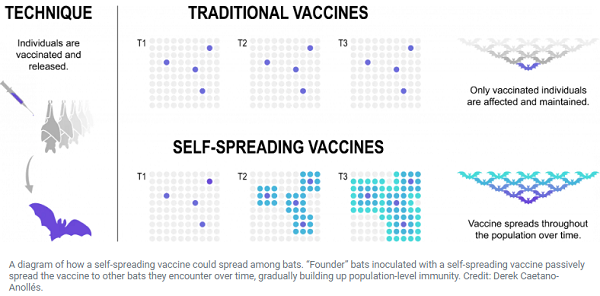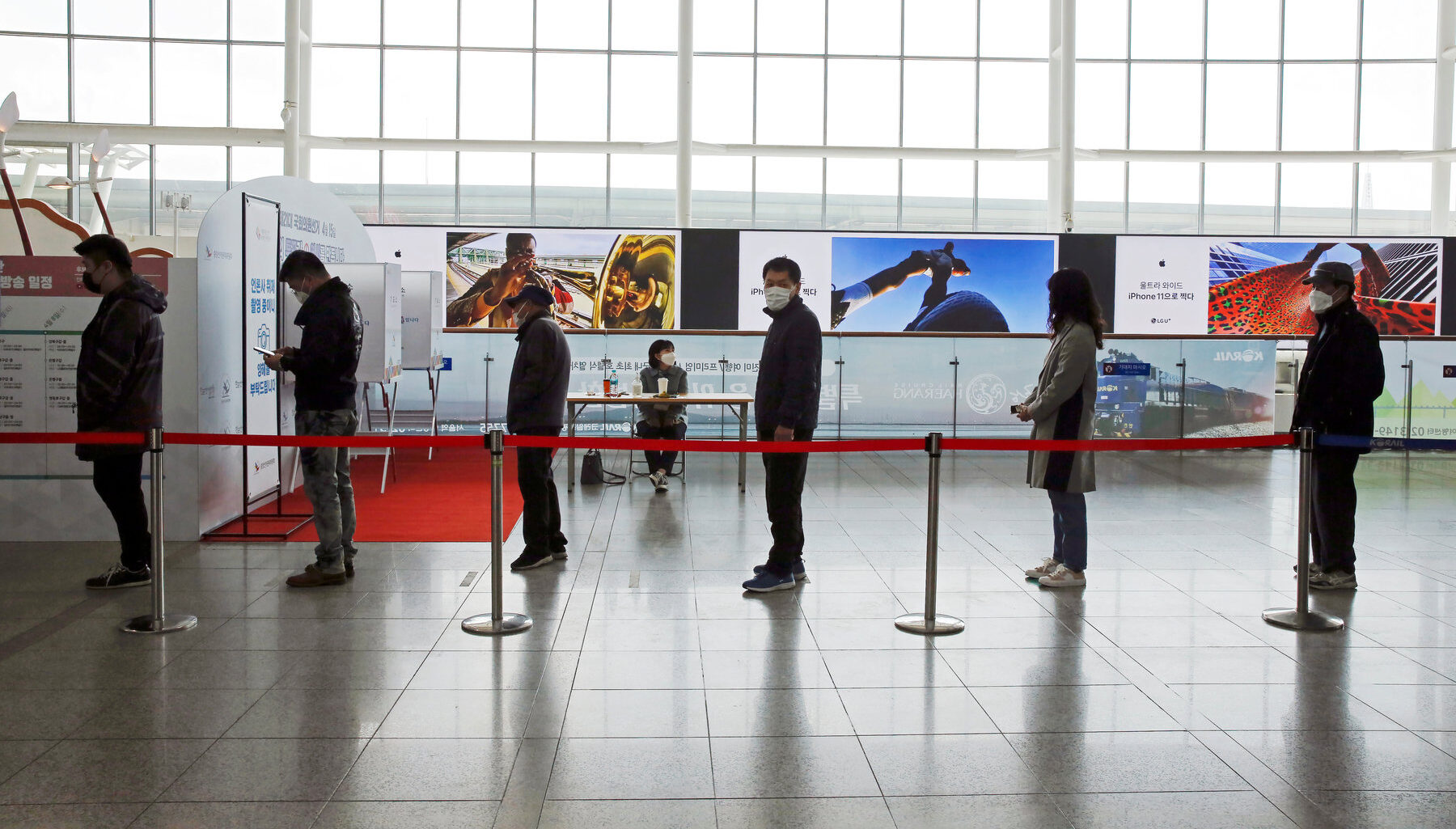Alzheimer’s diseases, in any of its many forms, is devastating for both the patient and their loved ones. Dementia, the most prevalent type of Alzheimer’s diseases, is one of the many neurodegenerative disorders that are seeing a surge in medical cannabis study.
The knowledge you will gain from Chronic Therapy on how to maximise the benefits of medicinal cannabis is invaluable. If you are a medical professional with a patient who would benefit from Chronic Therapy, you are welcome to refer them.
Researchers are exploring how medicinal cannabis may help people with dementia due to the cannabinoids’ potential as powerful anti-inflammatory, antioxidant, and neuro-protective agents.
Alzheimer’s and the endocannabinoid system
In humans and the vast majority of other animals, the endocannabinoid system (ECS) plays a crucial role in regulating and affecting vital biological processes. The ECS is made up of messengers and receptors that activate physiological processes, much like the nervous system. The ECS affects everything from one’s state of mind and diet to their immunity and sleep patterns.

Alterations in the ECS are closely correlated with Alzheimer’s disease symptoms and disease progression. Emerging evidence in this field shows that illness progression is associated with shifts in ECS receptors and the availability of endocannabinoids like anandamide.
Dementia is characterised by abnormal or faulty signal transmission and brain inflammation, both of which are regulated by endocannabinoids and their receptors.
Researchers want to find strategies to alter or support the ECS to enhance therapies for Alzheimer’s patients by better understanding the relationship between Alzheimer’s disease and ECS functioning.
Preliminary studies on the effects of medicinal cannabis on Alzheimer’s disease
Alzheimer’s disease is characterised by the presence of amyloid plaques and neurofibrillary tangles. Plaques and tangles form when neurones die off from too much activity, leading to memory loss, mood swings, and other symptoms of dementia.
Prior studies of the therapeutic effects of cannabis on Alzheimer’s patients have mostly concerned themselves with ensuring the drug’s safety and ameliorating their symptoms. Improvements in delusions, agitation, hostility, and irritability typical of Alzheimer’s disease were observed in a small study of 11 Israeli patients.
Even though these individuals were taking many neuropsychiatric drugs, only 3 of the 11 reported experiencing negative side effects that went away when their THC dose was decreased or weren’t related to the drug at all.

The resistance to care, as well as hostile and agitated behaviours, were significantly reduced in another research evaluating Dronabinol’s effects on 40 adults with different forms of dementia.
These studies typically utilise modest doses of THC (2.5mg – 7.5mg twice daily) that are unlikely to produce psychoactive symptoms characteristic of cannabis usage.
This dosage appears to have some favourable effects; trials with smaller dosages have not found the same degree of improvement in mood and behaviour.
Better sleep improves quality of life for those with Alzheimer’s disease.
Lack of sleep is a hallmark of Alzheimer’s disease and other dementias. Nighttime waking, roaming, and emotional outbursts in the evening are frequent and challenging behaviours for caregivers to handle, especially in the home.
There has been a lot of focus on the advantages of medicinal cannabis for sleep problems, and this study collected data from caregivers to add to that body of knowledge.
A research found that nurse practitioners were apprehensive to participate in medicinal cannabis trials including their dementia patients. Nevertheless, the nurses reported that their patients seemed more at ease and less agitated following therapy.
Cannabidiol helps patients eat more
The decline in metabolism and digestive capacity that comes with ageing often results in a diminished appetite, especially in the elderly. Appetite and weight gain in underweight Alzheimer’s patients have been shown to improve in clinical trials of both synthetic cannabinoids and plant-based medicinal cannabis.
Especially in cases of anorexia and cachexia caused by cancer therapies, it is well recognised that medicinal cannabis improves appetite, food intake, and body mass index. In order to further enhance the quality of life of patients and caregivers, more long-term study is needed into how medicinal cannabis might increase food and nutritional intake while concurrently lowering negative mood and behaviours in Alzheimer’s.

CBD as a treatment for Alzheimer’s
Cannabidiol (CBD) is a non-psychoactive cannabinoid that is commonly used in medicinal marijuana. The neuroprotective properties of CBD caused it to get widespread attention for its potential to lessen seizures in epilepsy sufferers.
CBD’s neuro-protective properties and its ability to stimulate the growth of new brain cells are currently the subject of intense study in the setting of neurodegenerative disorders including Alzheimer’s and dementia.
Researchers in Australia compiled data from multiple in vitro and animal studies in 2017 and came to the conclusion that CBD can inhibit neuro-inflammation and stimulate neurogenesis. There is promising evidence from studies in animals that suggests medical cannabis might help those who are experiencing difficulty remembering the faces of loved ones.
Health risks associated with using medical cannabis in the elderly
Not everyone will benefit from medical cannabis treatment, as is the case with any drug. It is very vital to ensure the safety of any new medicine for our elderly population, both individually and in combination with existing medications they may already be on.
There is a lack of long-term evidence on the safety of cannabinoid treatments in older persons, despite the fact that preliminary research into the advantages of medicinal cannabis in Alzheimer’s disease is encouraging. Medical cannabis has been shown to help reduce the need for pain and other prescriptions, but there are worries about adverse effects in older persons.
To know more about where to buy medical cannabis in Australia and other medical marijuana resources, you should book a consultation session with a professional from Chronic Therapy today.
